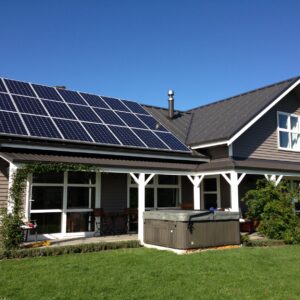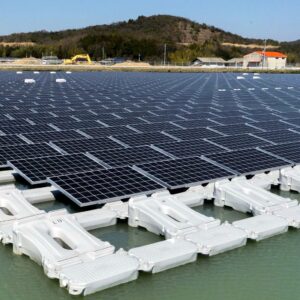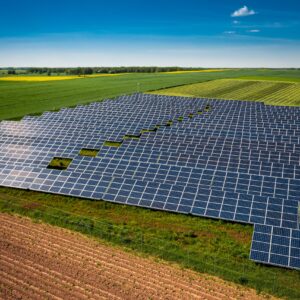Description
Description:
Off-grid solar systems are self-sufficient power solutions designed to operate independently of the main electrical grid. These systems are ideal for remote areas where grid access is limited, unreliable, or completely unavailable. By harnessing the sun’s energy and storing it for later use, off-grid solar systems provide a sustainable, reliable, and cost-effective alternative to diesel or grid-based power.
Perfect for rural homes, agricultural operations, telecom towers, and community infrastructure, these systems empower users with energy independence, lower operational costs, and reduced environmental impact.
Power Range:
Available in scalable sizes from 1 kW to 100+ kW, making them suitable for a wide range of applications—from basic household needs to powering entire off-grid villages or small businesses.
Key Applications:
-
Remote Homes & Cabins:
Power lighting, fans, TVs, refrigerators, and small appliances. -
Small Businesses & Shops:
Run computers, printers, POS systems, and essential business equipment. -
Telecom Towers:
Ensure 24/7 uptime for critical communications infrastructure. -
Agricultural & Farm Operations:
Power irrigation pumps, lighting, cooling systems, and tools. -
Rural Electrification Projects:
Provide clean energy to schools, clinics, and entire communities in underserved areas.
Typical Components:
-
Solar PV Panels:
Capture sunlight and convert it into direct current (DC) electricity. Panel arrays are sized according to energy consumption and available sunlight. -
Charge Controllers (MPPT or PWM):
Regulate the voltage and current from the solar panels to the batteries, maximizing efficiency and protecting against overcharging. -
Off-Grid Inverters:
Convert DC power from the batteries into alternating current (AC) electricity for use with standard appliances. -
Battery Storage (Lead-Acid or Lithium-Ion):
Store excess solar energy for use during nighttime or cloudy days. Lithium-ion options offer higher efficiency, longer lifespan, and lower maintenance. -
Mounting Structures:
Secure the panels in place on rooftops or ground mounts, positioned for optimal sun exposure. -
Monitoring Systems:
Provide real-time insights into energy generation, battery health, and system performance, often accessible via smartphone or computer.
Example System Setups:
-
1 kW Solar Kit for Rural Homes:
Powers essential appliances such as lights, fans, phone chargers, and radios. -
5 kW Off-Grid System for Small Businesses:
Supports multiple appliances, lighting, laptops, and light machinery. -
20 kW System for Farms or Schools:
Can power classrooms, small computer labs, pumps, or refrigeration units for farm produce. -
50 kW Microgrid for Village Electrification:
Supplies reliable electricity to multiple homes or buildings, supporting lighting, communications, small appliances, and community infrastructure.
Advantages of Off-Grid Solar Systems:
-
Energy Independence:
No reliance on public utilities—ideal for remote or disaster-prone areas. -
Clean & Sustainable:
Zero emissions, low carbon footprint, and a long-term environmentally friendly energy source. -
Scalable & Customizable:
Systems can be tailored and expanded based on changing power demands. -
Low Operating Costs:
Once installed, solar systems incur minimal maintenance and zero fuel costs. -
Reliable Power Supply:
Especially when paired with high-quality batteries and MPPT charge controllers for efficient energy management.
Why Choose Off-Grid Solar?
For areas with unreliable or no grid access, off-grid solar systems provide freedom, resilience, and sustainability. With a well-designed setup, users can enjoy round-the-clock electricity, significantly reduce fuel costs, and eliminate dependence on noisy, polluting generators.






